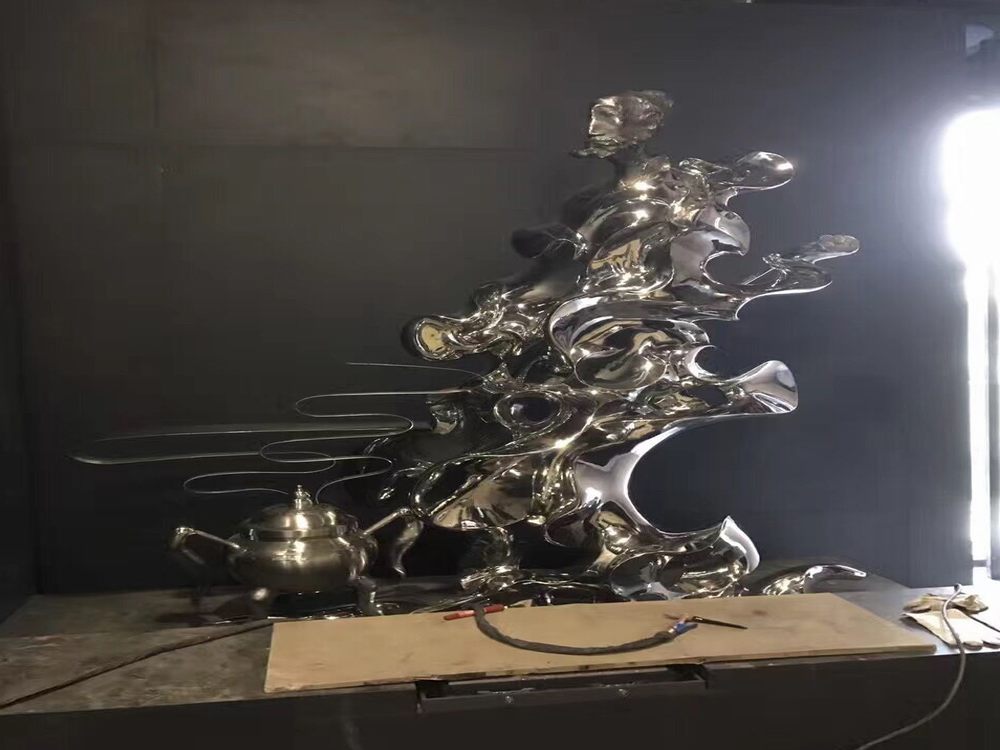
Wood carving is an ancient art form that relies not only on skillful shaping but also on the strategic use of color to bring out the beauty of the material. Carvers employ various techniques to enhance or alter wood's natural appearance, creating depth, contrast, and artistic expression.
One common method is staining, where transparent or semi-transparent dyes penetrate the wood grain, enriching its natural tones without obscuring the texture. Dark stains can add drama to intricate carvings, while lighter tones highlight delicate details.
Painting is another approach, often used in folk art or decorative carvings. Unlike stains, opaque paints completely cover the wood's natural color, allowing for vibrant, uniform surfaces. Some carvers combine both techniques, using paint for certain elements while letting the wood's grain show through in others.
Wood burning (pyrography) creates color variations through controlled burning, producing rich browns and blacks. When combined with stains, this technique achieves remarkable dimensional effects.
Modern carvers also experiment with unconventional colors, using aniline dyes or acrylics to create contemporary pieces where the wood serves as canvas rather than focal point.
The choice of coloring method depends on the desired effect: whether to enhance the wood's inherent beauty or transform it into something entirely new. Master carvers understand how different woods absorb color and select techniques accordingly, with porous woods like oak accepting stains differently than tight-grained maple.
Ultimately, color in wood carving isn't just decorative—it's a powerful tool that changes how we perceive texture, depth, and form in carved works.

